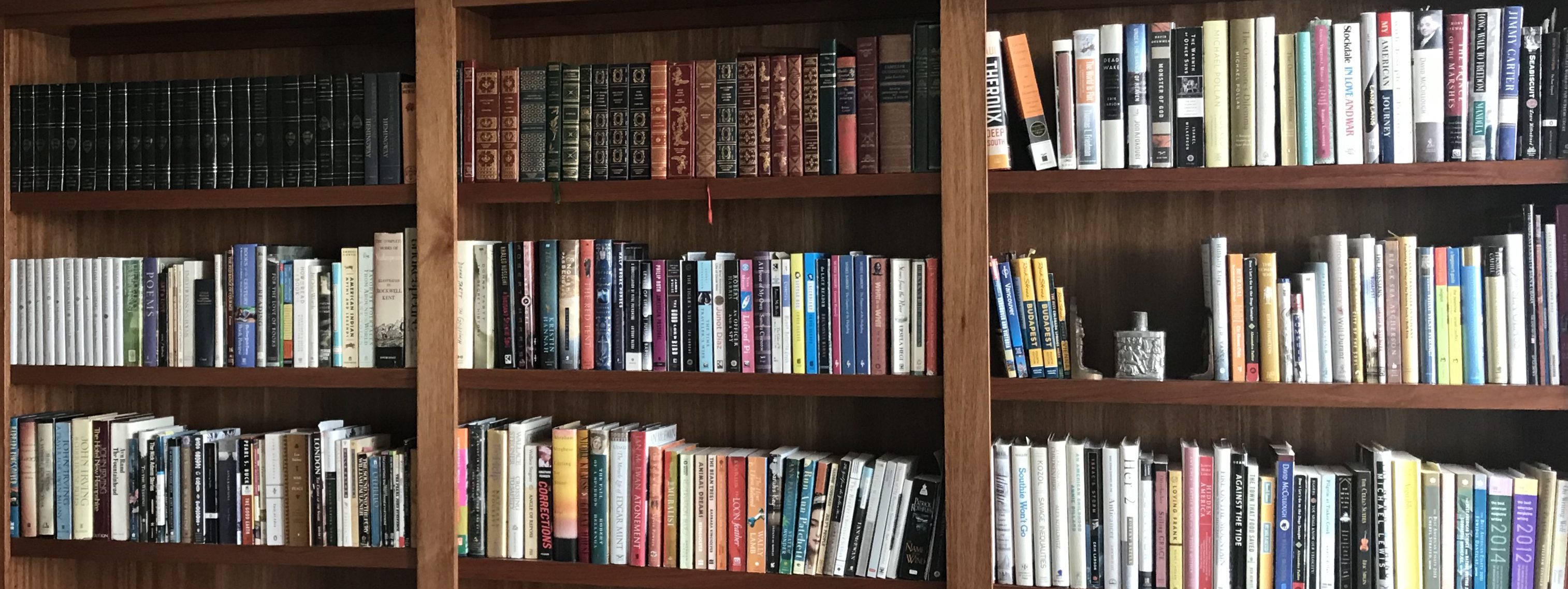 The greatest aspect of reading this book is that my son is trying to memorize all of Bach’s cello Suite 1 this summer, so while he’s practicing, I’m learning about Bach and Casals and the history of the suites. Siblin’s research—and the story he tells—centers around both Bach, who wrote the cello suites around 1720, and Pablo Casals who discovered them in a second-hand music store in 1890 at age 13 and eventually made the suites famous. For the 170 years in between, it seems that few people knew of them or played them except for Bach. Bach’s original manuscript is still missing, so many questions remain—such as, “Did he actually write them?” The answer seems to be yes, but the closest we can come to his original is a score transcribed by Bach’s second wife. Today, there are multiple versions of that manuscript produced by a number of publishers, and they are some of the most famous classical music heard—performed live, used in movies and TV shows, recorded on CD’s, and even used in cellphone ring tones. Without Casals and his discovery of a French edition of the suites, who knows if YoYo Ma would have been playing the prelude to Suite 1 at President Obama’s inauguration.
The greatest aspect of reading this book is that my son is trying to memorize all of Bach’s cello Suite 1 this summer, so while he’s practicing, I’m learning about Bach and Casals and the history of the suites. Siblin’s research—and the story he tells—centers around both Bach, who wrote the cello suites around 1720, and Pablo Casals who discovered them in a second-hand music store in 1890 at age 13 and eventually made the suites famous. For the 170 years in between, it seems that few people knew of them or played them except for Bach. Bach’s original manuscript is still missing, so many questions remain—such as, “Did he actually write them?” The answer seems to be yes, but the closest we can come to his original is a score transcribed by Bach’s second wife. Today, there are multiple versions of that manuscript produced by a number of publishers, and they are some of the most famous classical music heard—performed live, used in movies and TV shows, recorded on CD’s, and even used in cellphone ring tones. Without Casals and his discovery of a French edition of the suites, who knows if YoYo Ma would have been playing the prelude to Suite 1 at President Obama’s inauguration.
Prior to Casals, cello was not considered a solo instrument, which is why it’s so surprising that Bach wrote the suites for cello. But according to Siblin, Casals “reinvented the cello,” developing “expressive intonations” which ultimately led him to perform on cello as a solo instrument, paving the way for virtuoso cellists. Personally, I’m grateful to Casals because each time my son picks up his cello to practice his solo music, the deep resonance brings such beautiful sound into our house. Even if you’re not a cellist, or the parent of a cellist, or a music aficionado, this book is still an interesting read. The story is part history, part biography, and part mystery—something for everyone. (nonfiction)
